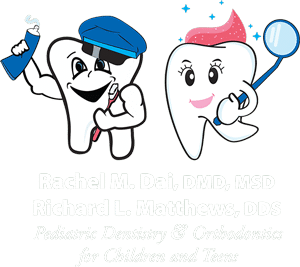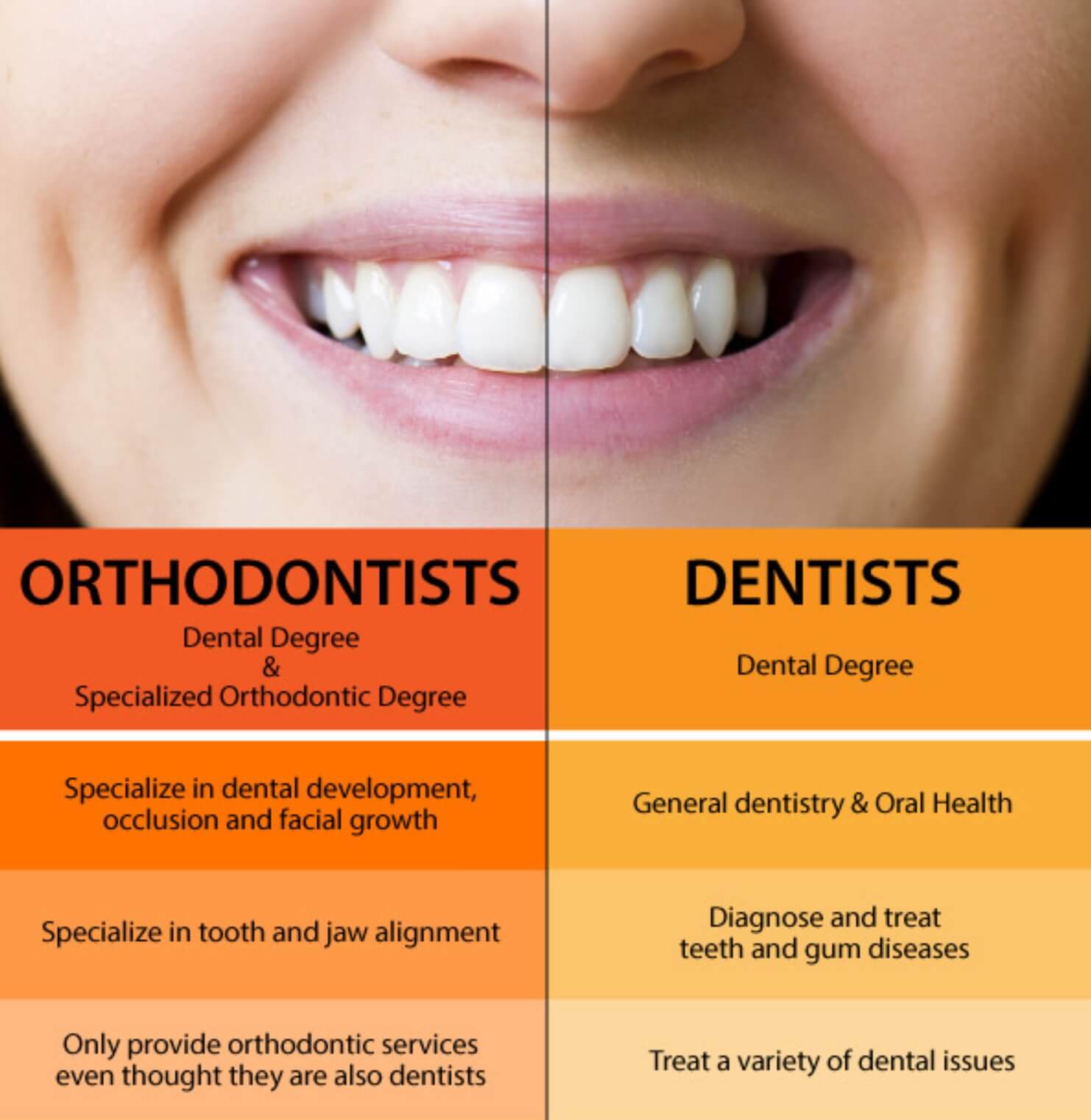A Biased View of Legacy Orthodontics
A Biased View of Legacy Orthodontics
Blog Article
The Greatest Guide To Legacy Orthodontics
Table of ContentsThe Facts About Legacy Orthodontics RevealedMore About Legacy OrthodonticsGetting My Legacy Orthodontics To WorkRumored Buzz on Legacy OrthodonticsThe 5-Second Trick For Legacy Orthodontics
At Advanced Orthodontics, we offer individuals with a holistic treatment experience. Furthermore, we provide adjustable treatment routines, adaptable payment alternatives and an enjoyable, enjoyable experience. clear braces. Telephone call ( 480) 357-4900 today to learn more and timetable a visit.An orthodontist is a dental professional trained to diagnose, avoid, and treat teeth and jaw abnormalities. They remedy existing problems and are trained to identify troubles that may create in the future. Orthodontists deal with people of every ages, from children to adults. Individuals frequently link a perfect smile with health.
Malocclusion, or misaligned teeth, can lead to dental issues, consisting of tooth decay, gum illness, and challenging or excruciating eating. Not everyone is born with straight teeth. If you have a negative bite or huge rooms between your teeth, you might intend to consult a dental expert concentrating on orthodontic care.
Not known Facts About Legacy Orthodontics
( Picture Debt: DigitalVision/Getty Images) Orthodontists make use of fixed and detachable oral devices, like braces, retainers, and bands, to alter the placement of teeth in your mouth. Orthodontic treatment is for oral irregularities, consisting of: Misaligned teethBite troubles, like an overbite or an underbiteCrowded teeth or teeth that are also much apartJaw misalignmentThe goal of orthodontic treatment is to boost your bite.
A healthy and balanced bite guarantees you can consume, chew, and talk effectively. While you may think of orthodontists as primarily for kids or teens that need dental braces, they can deal with oral problems at any kind of age. Orthodontists participate in college, oral institution, and orthodontic college. After college graduation, they invest 2 or 3 years in an orthodontic residency program.
All orthodontists are dental practitioners, yet not all dental practitioners are orthodontists. Orthodontic residency programs provide extensive, concentrated guideline for oral professionals. They concentrate on 2 areas: Just how to properly and securely relocate teeth Exactly how to properly direct growth in the teeth, jaw, and faceOnce an orthodontist has completed training, they have the choice to end up being board certified.
The 4-Minute Rule for Legacy Orthodontics
Imbalance, or malocclusion, is one of the most typical factor people see an orthodontist. It is genetic and is the result of size distinctions between the top and lower jaw or between the jaw and teeth. Malocclusion leads to tooth overcrowding, an irregular jaw, or irregular bite patterns. Malocclusion is typically treated with: Your orthodontist connects metal, ceramic, or plastic square bonds to your teeth.
If you have only minor malocclusion, you might be able to utilize clear dental braces, called aligners, rather than typical braces (https://www.pageorama.com/?p=legacyortho). Some individuals require a headgear to help relocate teeth into line with stress from outside the mouth. After dental braces or aligners, you'll require to put on a retainer. A retainer is a custom device that maintains your teeth in position.
They can develop extra space in the mouth without having to draw teeth. Orthodontists utilize wires, surgical screws, or plates to sustain your jaw bone.
You might need to see an orthodontist click reference if you have: Crowding or not enough area for every one of your teethOverbite, when your upper teeth come by your bottom teethUnderbite, when your base teeth are also much forwardSpacing or problems with gapsCrossbite, which is when your upper teeth fit behind your bottom teeth when your mouth is closedOpen bite or a vertical gap between your front base and upper teethMisplaced midline, when the center of your bottom and upper teeth don't align Dealing with a dental malocclusion can: Make biting, eating, and speaking easierImprove the proportion of our face and your general appearanceEase discomfort from temporomandibular joint problemsDifferent your teeth and make them less complicated to clean up, aiding avoid dental cavity or cavities It's commonly a dental expert that first notices misaligned teeth during a routine exam.
More About Legacy Orthodontics

Throughout your initial orthodontic examination, you'll likely have: A dental examPhotos taken of your face and smileDental X-raysPanoramic (360 level) X-rays of your face and headImpressions to develop mold and mildews of your teethThese tests will assist your orthodontist understand just how to proceed with your therapy. braces. An orthodontist is a dental expert who's had training to treat your teeth and jaw
Orthodontists might execute surgery, exams,X-rays,and even more to aid you achieve a more comfy, much healthier smile. An orthodontist is focused on your bite, so something like a broken tooth would be dealt with by a dental practitioner. Orthodontists are dental practitioners yet not all dental practitioners are orthodontists. Orthodontists are concentrated on your bite, or the means your teeth fit together, and the straightness of your teeth.
Ever wondered how celebs constantly seem to have perfectly aligned teeth? Orthodontists are dental specialists who focus on remedying abnormalities in the teeth and jaws.
Legacy Orthodontics Can Be Fun For Anyone

While dental braces are the most frequently recognized orthodontic therapy, orthodontists have a varied toolkit at their disposal. The particular approach selected depends upon the seriousness of the instance, the patient's age, and private choices. These tried-and-true dental braces make use of a system of braces bound to the teeth and linked by cables.
Clear aligners, like Invisalign, are a preferred option for individuals looking for an extra very discreet therapy alternative. These removable trays are personalized to progressively shift the teeth's setting. Headwear may be used combined with braces or aligners to use added targeted forces, specifically for fixing jaw discrepancies. In cases of slim jaws, palatal expanders can be utilized to produce room for proper tooth alignment.
Report this page